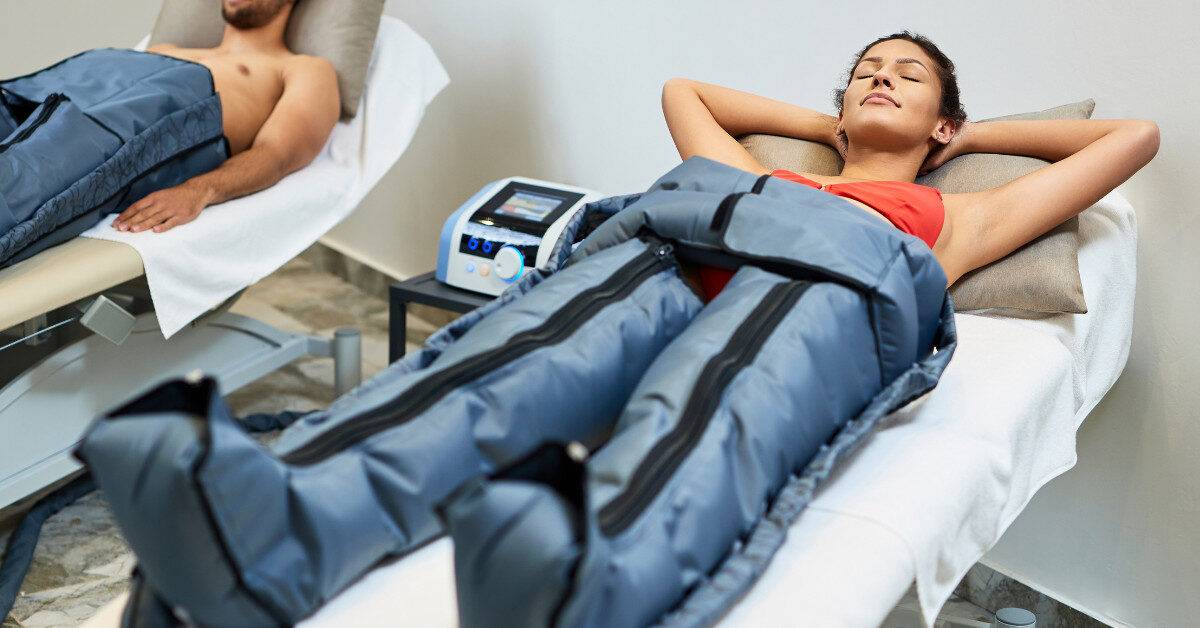You’re in the zone, and you’ve reached the halfway point up a steep hill. Suddenly, you’re hit like a semi-truck full of bricks. Not literally – but it physically feels the same.
Some cyclists refer to this as “the man with the hammer” or “the wall,” and it feels like a complete implosion of your mind and body. What you are experiencing is an abrupt attack of extreme fatigue, and it can be devastating in the middle of a race on when you’re on track to beat your personal best. Your energy level drops, and it feels like everything in you is begging for you to stop. The decline in glycogen mixed with dehydration and thermoregulation failure can quickly turn into a cycling injury if you’re not careful.
Luckily, this can all be avoided with a little preventative maintenance.
Stay Fueled
Your body stores a maximum capacity of glycogen (which it uses as fuel for your muscles) of up to 2000 calories. Because you’ll drain this storage during your activity, you need to make sure it is completely full – you probably call this “carb-loading.”
Carb-loading requires that you up your intake of foods high in quality carbohydrates and protein for up to 3 days before your ride. The glycogen storage depletes in about 90 minutes, so if your ride is going to take longer than that, make sure you bring along some fast-release energy items such as sports drinks and energy bars.
Stay Hydrated
If your body is losing more water than you intake, you are going to end up dehydrated.
The minerals in our bodies begin to become unbalanced when we lose too much water – generally more than 3-4%. We start to feel thirsty and dizzy, to develop a dry mouth, and to lose muscle strength. When we dehydrate too much, we can hallucinate, experience heatstroke, and even collapse.
One of the best ways to avoid dehydration is to not wait until you’re thirsty. Drink plenty of water beforehand and off and on during your ride. And if you’re planning on riding for more than an hour, you’ll need something other than just water to replace your carbohydrates and electrolytes. Then you’ll need to rehydrate again at the end
Stay On Pace
It’s not always easy – especially if you’re participating in a team race – but focusing on pace can help your muscles from hitting that brick wall. When you kick off too quickly, you burn through your stored energy much faster, and you hit the wall sooner.
Get Acclimated
Warmer weather is finally starting to peak through the Cleveland cold. Physical activity in heat and humidity can cause your body to reach a heat level above its natural ability to cool itself, and sweating isn’t as effective.
So give your body time to acclimate to the heat – your salt content will begin to decrease as you adjust to the temperature.
Prepare Your Muscles Before a Cycling Injury
Long, hard rides can create scar tissue as your muscles try to repair themselves. And because they’re all connected one way or another, pain in one area can quickly mean pain and an injury in another. One of the best ways to tackle that before a cycling injury happens is through regular massage.
Massage can loosen any tight spots you have, flush out toxins, and keep your muscle fibers flexible. They also help the body break down scar tissue that may have already developed which limits range of motion and causes soreness.
The best time to get a massage to avoid a cycling injury is several days before a big ride. The extra time in between the massage and the ride lets your body recover from the added soreness which comes from breaking down adhesions. By the day of the event, you’ll be loose and limber. And basic injuries should be avoided if you follow all of the above steps.
If you have an upcoming race or intense ride, it’s important to schedule your massage now so your muscles have enough recovery time. Book online with us and feel your best for your next ride!




